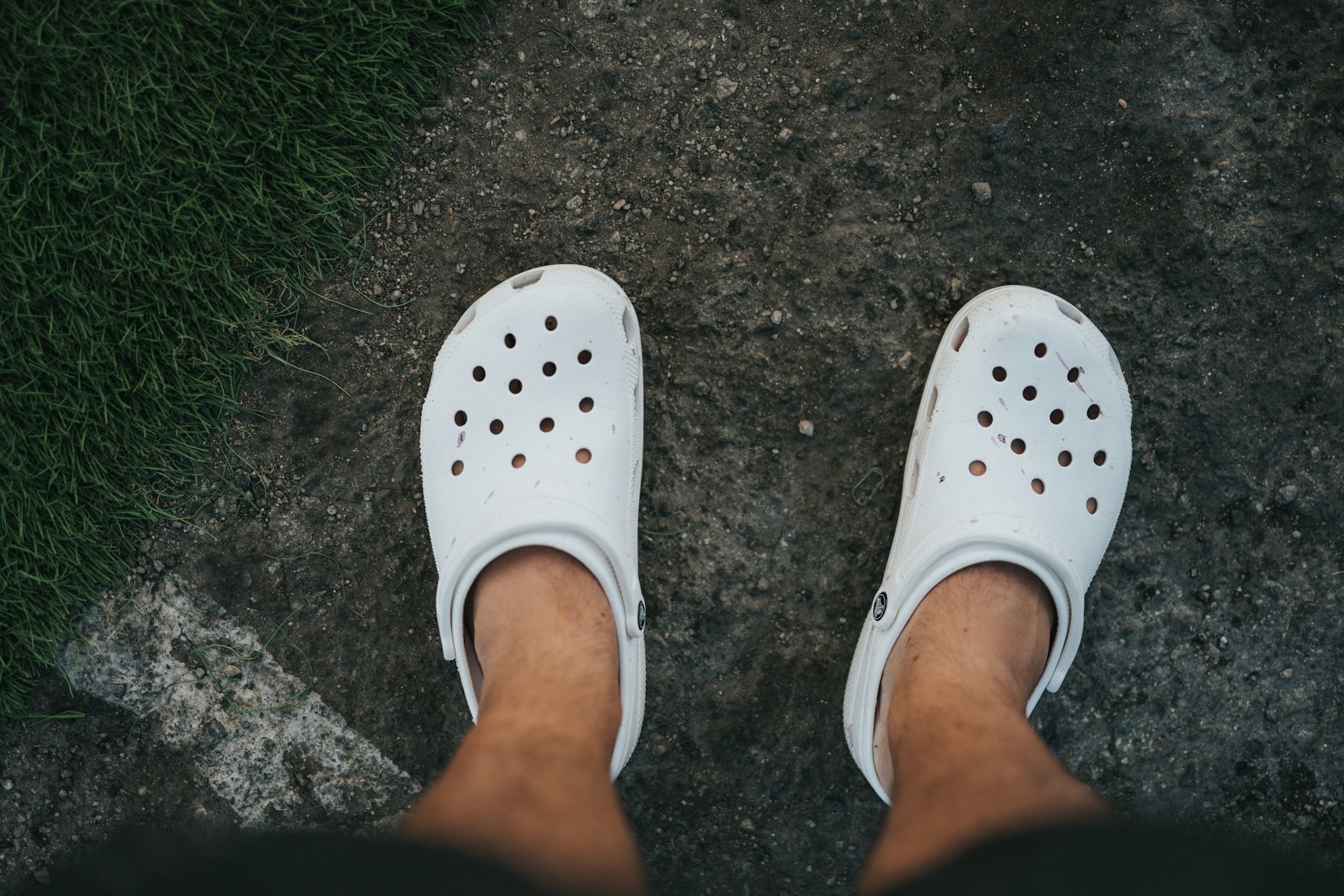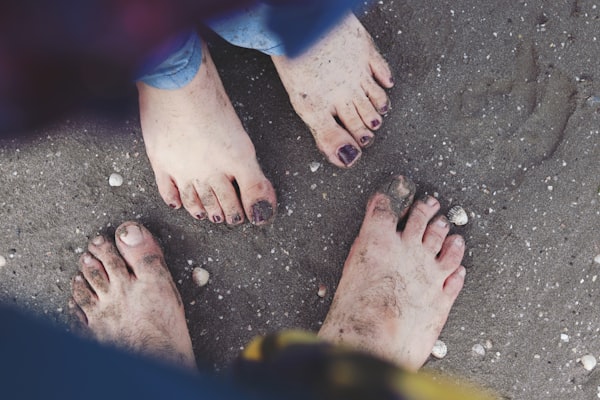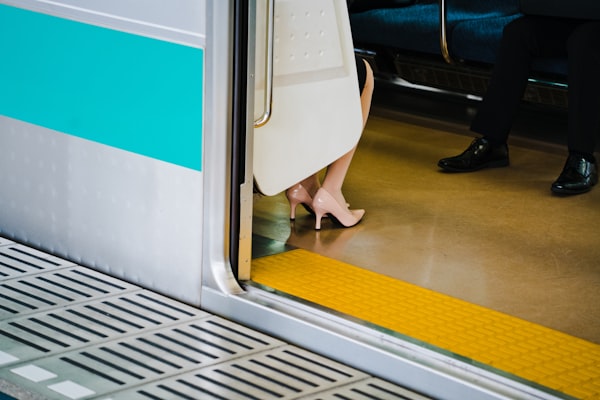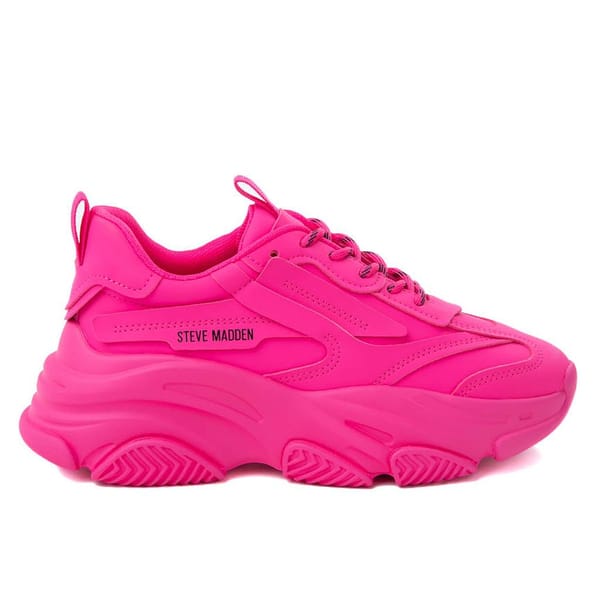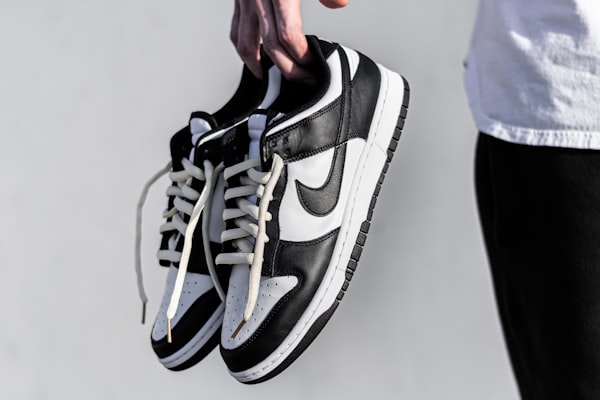Are you itching to tie up your favorite sneakers or lace those elegant dress shoes after hip replacement surgery? If the prospect of regaining your footwear freedom and stepping back into the fashion world has been on your mind, you've landed in the right place.
Imagine this: you're on the road to recovery after a hip replacement, feeling a newfound sense of mobility and independence. You've conquered the basic daily tasks, but there's one question lingering in your mind – when can you confidently tie your shoes again? It's not just about footwear; it's about reclaiming a part of your identity, your style, and your everyday comfort.
We understand that you're eager to stride confidently in the shoes of your choice, whether they're sleek and sophisticated or cozy and casual. The desire to make a statement with your footwear is burning brightly within you, and we're here to guide you toward achieving that goal.
Today, we delve into the timeline and steps to safely return to your favorite lace-up shoes after hip replacement surgery. Whether you dream of athletic sneakers or fashionable lace-ups, we'll help you chart your course to shoe-tying success. So, get ready to take that stylish step forward in your hip replacement recovery journey – one that will have you tying your shoes with confidence once again.
Understanding Hip Replacement Recovery
In the journey of regaining the ability to tie your shoes after a hip replacement, beginning with a solid foundation of understanding hip replacement recovery is crucial. Let's delve into the fundamental aspects of this process and talk about the importance of patience and rehabilitation.
Hip replacement surgery, medically known as hip arthroplasty, is a procedure in which a damaged or worn-out hip joint is replaced with an artificial implant. Typically performed to alleviate pain, improve mobility, and enhance overall quality of life, this surgery has been a game-changer for countless individuals. The damaged bone and cartilage are removed during the procedure, and the artificial joint is securely implanted. This transformative surgery sets the stage for the road to recovery, offering the promise of a pain-free and active life.
Patience is not just a virtue but a prerequisite for hip replacement recovery. While the surgery is a remarkable step towards a better quality of life, the journey to full recovery involves gradual healing and rehabilitation. Understanding that your body needs time to adjust to the changes and regain strength is crucial. Rehabilitation is pivotal in this process, encompassing physical therapy, exercises, and adaptive strategies to help you regain mobility and independence.
You may wonder how something seemingly simple, like tying your shoes, can be significant in your recovery. Well, as we'll soon discover, it's about more than just footwear; it's about regaining a sense of normalcy, independence, and style after your surgery. Today, we'll explore the timeline for when you can safely tie your shoes again, offer practical tips, and guide you toward a fashionable and confident recovery journey.
The Burning Question: When Can I Tie My Shoes?
The desire to regain the ability to tie your shoes is a natural concern for anyone recovering from hip replacement surgery. It symbolizes independence, a small yet meaningful act that signifies a return to your pre-surgery life. Questions like, "When will I be able to do it again?" and "Will I ever tie my shoes the same way?" are common, and it's entirely understandable to have these thoughts. Many individuals in your shoes (pun intended) share these same concerns, and it's essential to address them to ease your mind.
Tying your shoes is about more than just function; it's about regaining a sense of normalcy and style in your daily life. It's a step towards feeling like your old self again, confidently putting on your favorite pair of shoes and walking out the door ready to face the world. This seemingly small act can boost your self-esteem and remind you that, despite the surgery, you are still the stylish and self-assured individual you've always been.
The Timeline: When Is It Safe to Tie Your Shoes Again?
The road to recovery after hip replacement surgery is a well-defined path marked by stages and progress. Understanding this timeline is essential for setting realistic expectations. Initially, the focus is on pain management and early mobility. You'll gradually regain strength and mobility through physical therapy and exercises as the days turn into weeks. During this journey, your hip will heal, adapt to the new implant, and allow you to return to normal activities, including tying your shoes.
Hip replacement recovery can be divided into several stages, each with its own set of milestones. Early on, you'll work on basic mobility and pain management. You'll focus on building strength, balance, and flexibility in the intermediate stages. Finally, the advanced stages of recovery bring you closer to your pre-surgery level of function. These stages and milestones serve as your guideposts, indicating your progress and readiness for various activities, including shoe-tying.
While individual recovery experiences vary, most individuals can typically expect to regain this ability between the third and fourth months post-surgery. By this time, you'll have progressed through the initial stages of recovery, and your hip will have gained sufficient strength and flexibility to handle the task safely.
Tips for Safe Shoe-Tying Post Hip Replacement Surgery
- Sit Down: Sit in a stable chair or on the edge of your bed to tie your shoes whenever possible. This reduces the strain on your hip joint and offers better balance.
- Bend at the Knees: When reaching for your feet, bend your knees instead of your hips. This minimizes stress on your hip joint and helps maintain proper alignment.
- Use a Stool or Raised Surface: Place a stool or a raised surface before you to rest your foot while tying your shoes. This can make the process easier and more comfortable.
- Invest in Long-Handled Shoe Horns: Long-handled shoe horns can help you slide your foot into the shoe without excessive bending. They are a practical tool for maintaining independence.
- Maintain Good Posture: Whether sitting or standing, always maintain good posture to minimize strain on your hip. Keep your back straight and shoulders relaxed.
- Avoid Cross-Legged Sitting: Cross-legged sitting can strain your hip. Stick to sitting with both feet flat on the floor or on a raised surface.
- Use Adaptive Devices: If necessary, explore adaptive devices like shoe aids or dressing sticks to assist with shoe-tying while minimizing strain.
- Take Your Time: Rushing through the process can lead to accidents. Take your time when tying your shoes to ensure you do it safely.
While our tips and suggestions are valuable, it's essential to remember that everyone's recovery journey is unique. We strongly emphasize consulting with a healthcare professional, such as your orthopedic surgeon or physical therapist, before attempting to tie your shoes independently. They can provide personalized guidance based on your specific condition and progress, ensuring you move forward safely and confidently.
Shoe Options During Recovery
Selecting the proper footwear becomes crucial to your journey as you progress through your hip replacement recovery. Whether you're in the early stages, where comfort and ease of wear are paramount, or you're nearing full mobility and style is back on your radar. Here are some recommendations to help you choose the right shoes for each stage of recovery.
- Early Post-Op: In the immediate postoperative period, comfort is key. Consider wearing slip-on shoes or those with adjustable straps for easy access. Open-toed or roomy shoes accommodate swelling and reduce pressure on your surgical site.
- Therapy Period: As you progress and begin weight-bearing exercises, shoes with good arch support and cushioning are essential. Look for athletic shoes or sneakers designed for stability. These shoes will help you maintain balance and reduce the risk of falls during physical therapy.
- Late in The Healing Process: When you're regaining mobility and stability, opt for shoes that strike a balance between comfort and style. Velcro-closure shoes and loafers are excellent choices for their ease of use. Consider brands that offer adaptive footwear designed with orthopedic support.
- Getting Back to Your Favorites: You can gradually reintroduce your favorite shoes as you approach full recovery. Pay attention to the heel height and overall support. It's advisable to consult with your healthcare provider to ensure your chosen shoes are appropriate for your hip's current condition.
Your choice of footwear during your hip replacement recovery journey can significantly impact your comfort, safety, and style. From the initial days of prioritizing comfort to gradually transitioning back to your favorite shoes, choosing footwear that suits your current stage of recovery is essential. Remember, the right shoes can boost your confidence and help you put your best foot forward, literally and figuratively.
On a Final Note
Tying your shoes after hip replacement is a momentous achievement, but it's essential to prioritize safety and injury prevention during this transition.
By following practical advice to avoid strain, considering adaptive tools or techniques if necessary, and consulting with a healthcare professional, you can ensure that your return to shoe-tying is smooth and risk-free.
As you prepare to reclaim your style, remember your perseverance and patience are the true fashion accessories that never go out of style.
Related Articles


